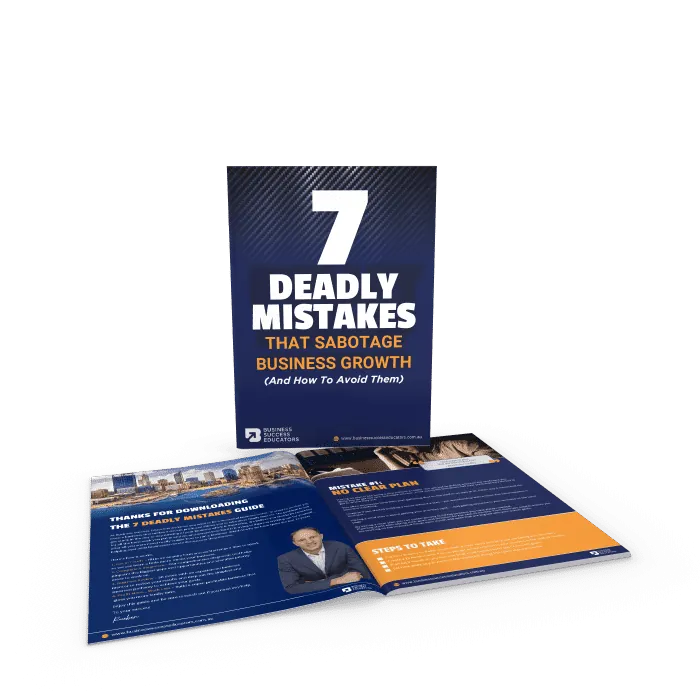Do you have a sense that parts of your business are inefficient?
Quite often a lot of inefficiencies happen because you have no or poor systems. Or there are bottlenecks happening in particular parts of your business.
To address this, take the time to step back and look at the flow of what is happening in your business. Here are 4 steps you can take:
1) Flow Chart Your Business
The first step is to understand the flow of your business. Know what happens from when your customer first enquires about your product or service to the point where they have paid. Work out step by step what happens in between. A good way to do this is to flow chart all the steps that are involved. This will help you get a clear understanding of what’s happening and where the inefficiencies lie.
2) Audit Your Systems
Once you have flow charted your business, it’s really easy to identify what you need. Score each step in your process on a scale of 0 to 10. A score of 0 means that there are no systems in place and things are chaotic, while a score of 10 means that your systems are efficient and working well. This will help you identify gaps and areas where things are not working as they should.
From here, you just need to identify the systems that you need to cause things to keep flowing at an efficient pace. Make a list of what you currently do at each step. Also identify any systems that may help run each step more efficiently.
3) Identify Bottlenecks
The next step is to identify any bottlenecks. Where are things getting stuck? Where are things getting slow? This is usually where there are no systems in place or where things are breaking down. Take the time to observe what’s happening in those parts of the business. Once you have identified the bottlenecks, you can start working on ways to remove them.
Like one of our customers Wally who runs a kitchen manufacturing business. Wally took the time to flow chart their whole process so he could discover the bottlenecks. The steps in their business looked something like this:
- Go out and meet with the customer;
- Do a measure up;
- Prepare a scope;
- Do the quote;
- Complete drawings;
- And so on…
When he mapped this out, Wally quickly realised that the bottleneck was in the drawing department. This is where everything was slowing down. But it wasn’t until he worked out what their flow was that it became clear on how to remove inefficiencies in his business.
By identifying the bottleneck they were able to do something about it. Which brings us to the next step…
4) Create an Action Plan to Remove Inefficiencies
Finally, it’s time to take action. Identify the cause of the inefficiencies and create an action plan to improve the systems or processes. This could involve creating new systems, simplifying existing ones, adding checklists, or providing training. Once you have improved one area, move on to the next until you have a fully efficient process in place.
In Wally’s case, there were several actions to take. Part of it was training, part of it was systems and part of it was technology. But by being able to identify the root cause of the problem he was able to solve it. This step is all about identifying what systems do you have or do not have? Where are you systems poor? Which systems need training? Is there more than one bottleneck?
Once you have identified these you can put a plan of attack together so you can address each one.
This comes back to one of the keys to running a successful business: Working ON your business. Schedule time each week to improve parts of your business. That way you will have time to put systems in place. You can invest time in training your people on them. You will start to remove bottlenecks and fix things in your business.
When you do, the efficiencies of your business change. You’ll learn how to remove inefficiencies in your business. All of a sudden the promises you are making your customers actually happen on time. And when things happen on time, it saves you time and it saves you money. So it’s a win all around.
So remember. Here is how to remove inefficiencies in your business.
- Know the flow.
- Identify what you need at each step in the flow.
- Identify the bottlenecks
- Put a plan together and take some action.
When you do this you will discover that your business starts to become a whole lot more efficient.






